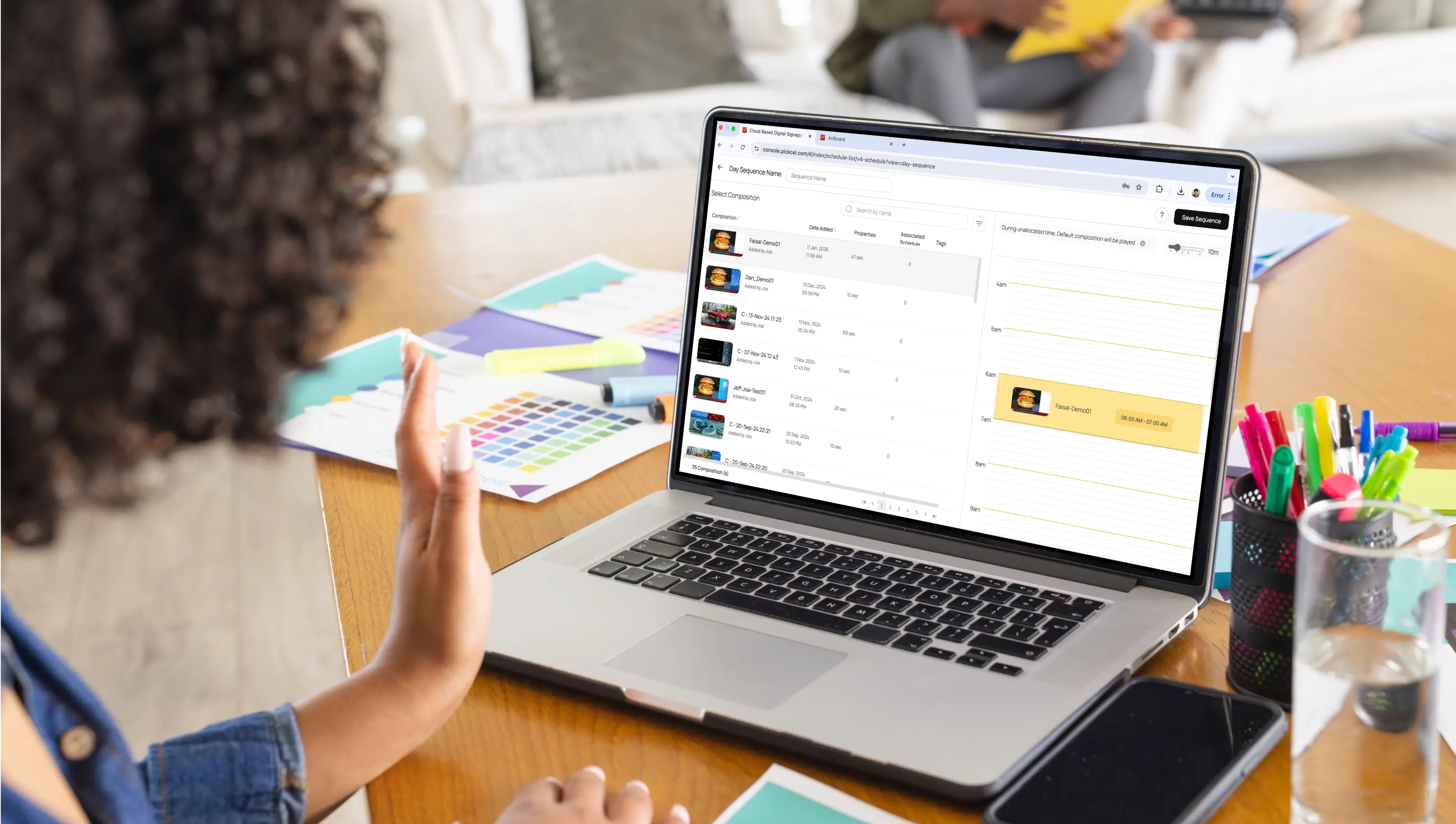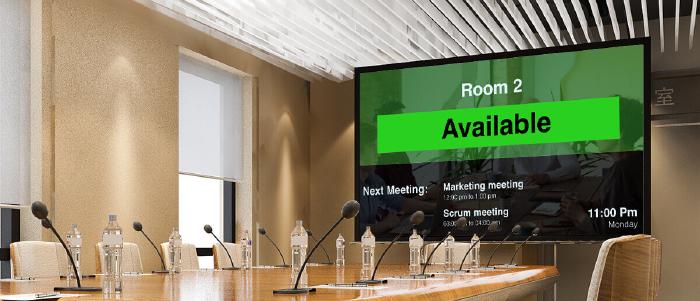
Apr 29 2021
7 min read

Retail marketing encompasses a wide range of actions carried out by retailers and brands at retail stores to promote products to customers and build awareness, interest, and sales.
User-generated content is among the most sought topics in retail marketing right now. Though it’s not a novel concept, user-generated content (UGC) exploded in popularity thanks to social media.
First time pulling em out. The sock collar on these are immaculate. @maniere_usa #kotd @nike #nike #maniere pic.twitter.com/kG2DwW7uk6
— LXNG (@HigherLXNG) November 26, 2021
User-generated content or UGC is any organic and unsponsored content, one that is not created with the intention of profit-making. Let’s break it down with a simple example. Suppose you write a glowing review of a hotel you stayed at; that review serves as a user-generated content for the hotel brand.
Even though your review ends up promoting the hotel and brings them more business, the brand itself doesn’t actively participate in drum-beating.
And that is why user-generated content is a fantastic tool for retail brands to promote their products & services without being “sales-y.”

A retail store strategically showing a customer testimonial on digital signage
Product reviews are one of the simplest types of user-generated content, but they’re also one of the most effective. Did you know that a whopping 90% of customers’ decisions can be swayed by product reviews? That is why more and more brands are showcasing positive reviews from customers, influencers, and celebrities on their in-store digital signage screens.
Digital signage in retail marketing strategy has a two-pronged benefit. Firstly, it increases the confidence of the audience in your brand. When a woman shopping for baby shampoo sees another mother praising your product for being ‘100% organic,’ does it immediately impact her purchasing decision? The short and sweet answer is “one hundred percent yes”.
Secondly, product reviews breed more product reviews, fostering customer-brand interactions. Adidas has 4M followers on Twitter, while IKEA has 700K followers on Instagram. These brands did not achieve such a wide fan base overnight. It is the result of a solid retail marketing strategy in which showing testimonials on retail digital signage occupies a prime spot.
Whether it is on a tiny shelf display or a large 4K screen, retail stores can show user-generated content using a social wall solution. A social wall blends multiple social media feeds into a single composition. Admins also have the authority to moderate these user-generated content.
Check out: Best Examples of retailers using in-store digital signage
How does any content go viral over the internet? You must already know the answer: social media. Social media marketing is gradually becoming a vital subset of retail marketing strategies and digital marketing strategies.
Many of the top franchise retail brands have a hundred-people strong social media marketing team. The team’s job is to probe through social platforms, filter out engaging user-generated content like tweets, mentions, or tags, and repost them as part of their franchise digital marketing tactics.
But why put so much effort into such a trivial matter?
That is because your customers do not care what you have to say about your products. But they do care what their fellow shoppers think of you.
Take a look at how the automobile giant BMW is integrating user-generated content in their brand marketing.

BMW's repost of a customer's photo on the brand's Instagram page
Jumping into the trending culture is another retail marketing strategy that brings massive engagement and response from users. If you are a retailer, make sure the first thing you do in the morning is check ‘what’s trending today’. Make a habit of regularly browsing through Google Trends to fish out the latest trends in your domain.
Using popular hashtags and participating in social media challenges can bring your brand closer to the customers.
For example, when Facebook changed its name to Meta, Twitter went crazy with hilarious memes, and funny banters. Other brands took the opportunity to steer this trend to their advantage.
Wendy’s hilarious Twitter status on the name change trend received more user interactions (likes, comments & retweets) than Facebook’s original announcement tweet.

Image on left: Facebook announcing it's change of name / Image on right: Wendy's tweet joking about Facebook's name change.
Hashtag contests are possibly one of the best ways retailers can build a rapport with their customers while at the same time repurposing the customer-generated content for branding & promotions. Whether it is a prompt for your customers to sport your seasonal apparel collection or to win a ticket to Disneyland, the social media audience loves to participate in hashtag contests.
Here’s how REI, a sports equipment brand, has garnered over a million user-generated posts on Instagram with their #optoutside campaign.

REI's #optoutside page receives an overwhelming number of user-generated content each day

Building brand credibility starts with your website. Many retailers make the mistake of adding only a few lines of customer testimonials on their website home page. There are so many other types of user-generated content that brands can showcase on their website pages:
YouTube videos or Instagram reels of influencers reviewing your products
Customers using your brand hashtags on social media
Case studies conducted on your brand and your campaigns
Success stories of collaborative projects posted by your partners on their websites
Here’s how the apparel brand Patagonia uses customer images to write stories about their customers and post them on their website pages.
Retailers can also add user-generated content in their marketing collaterals like brochures, digital product catalogs, and landing pages.
Also read: Major benefits of using digital product catalogs for your retail business
For e-commerce merchants, user created content is a gold mine since it provides a compelling framework for connecting with consumers through comments, photographs, videos, and even more abstract concepts like moral fiber, reciprocation, and gamification. User-generated content gives brands a level of humanization that they would struggle to achieve otherwise.





Apr 29 2021
7 min read

Mar 24 2022
7 min read

Oct 22 2020
7 min read

Dec 29 2021
10 min read
Take complete control of what you show on your digital signage & how you show it.
Start Free Trial Schedule My Demo